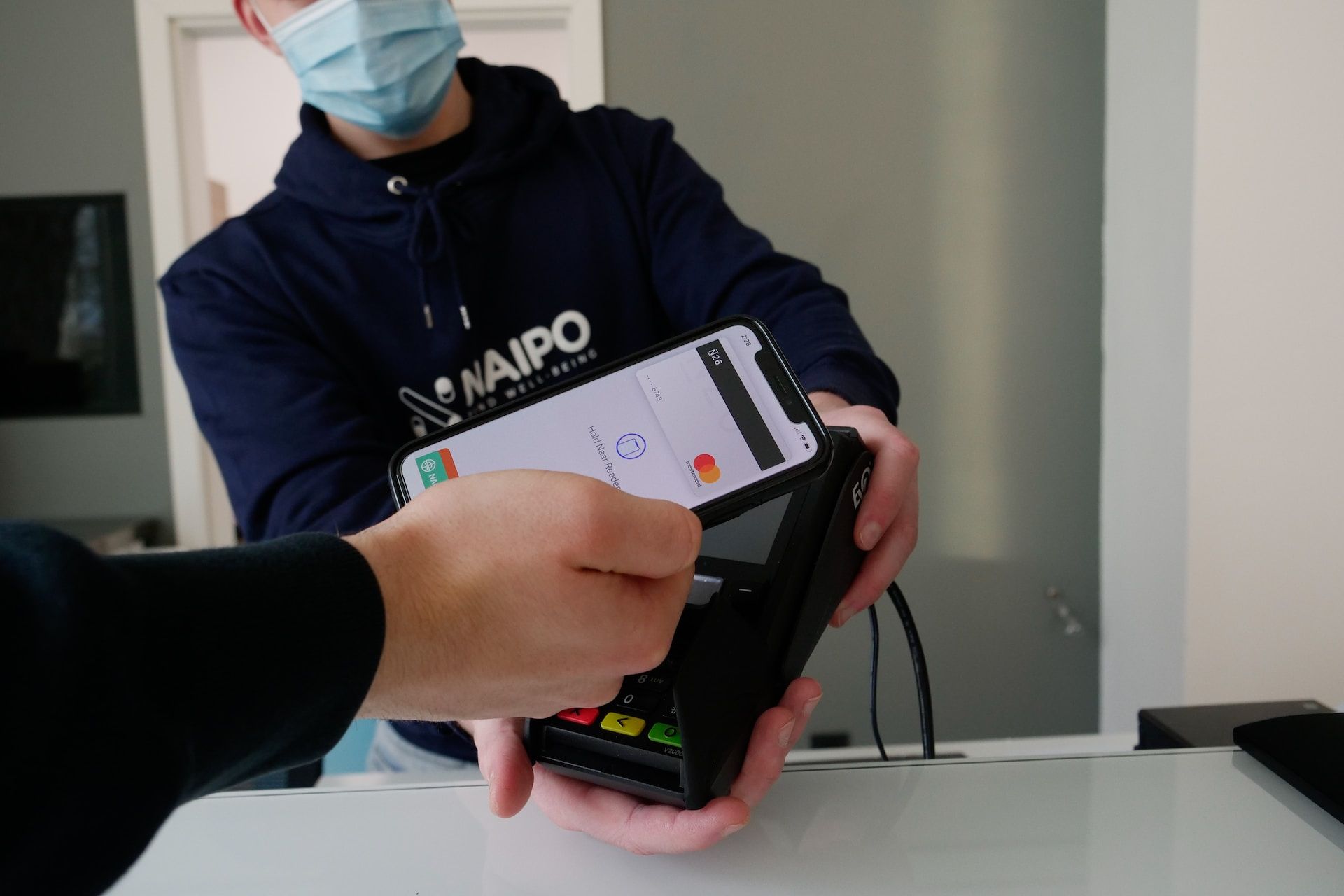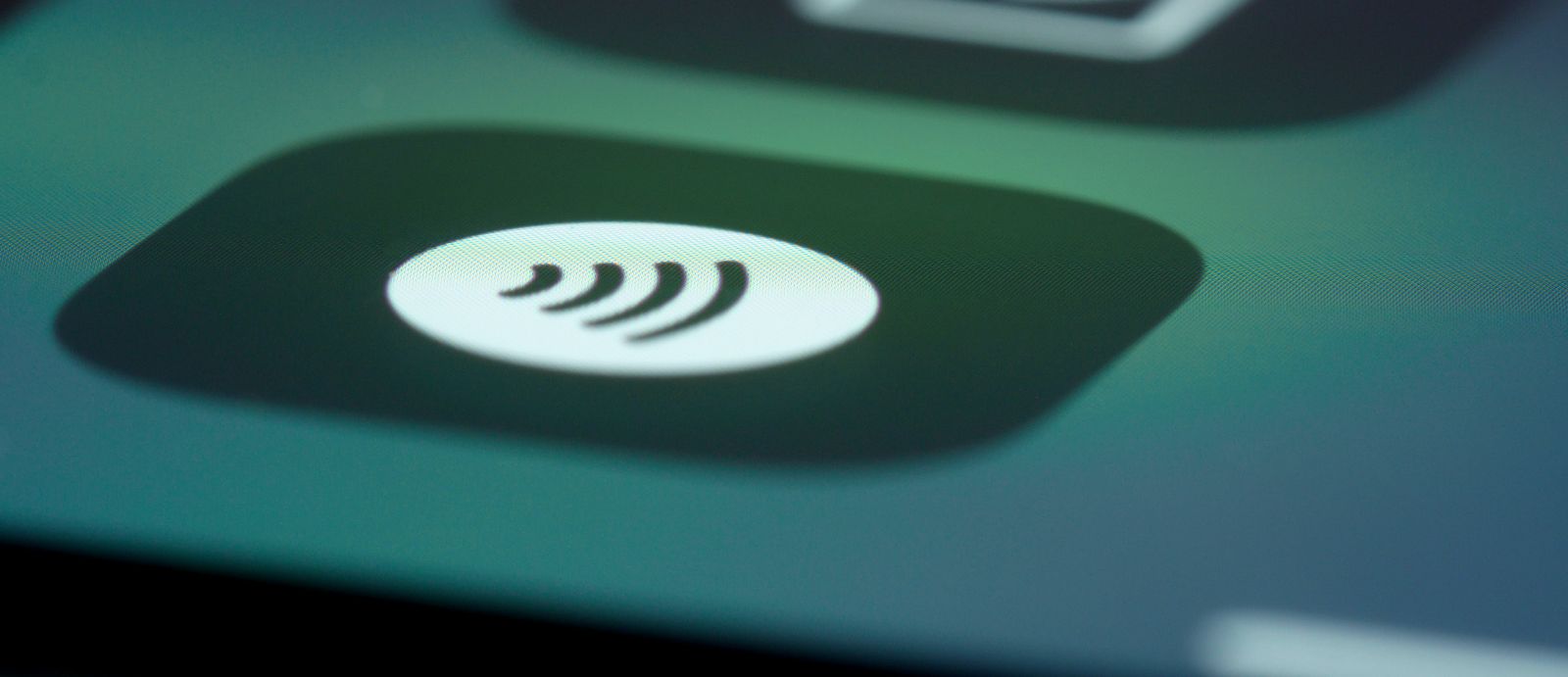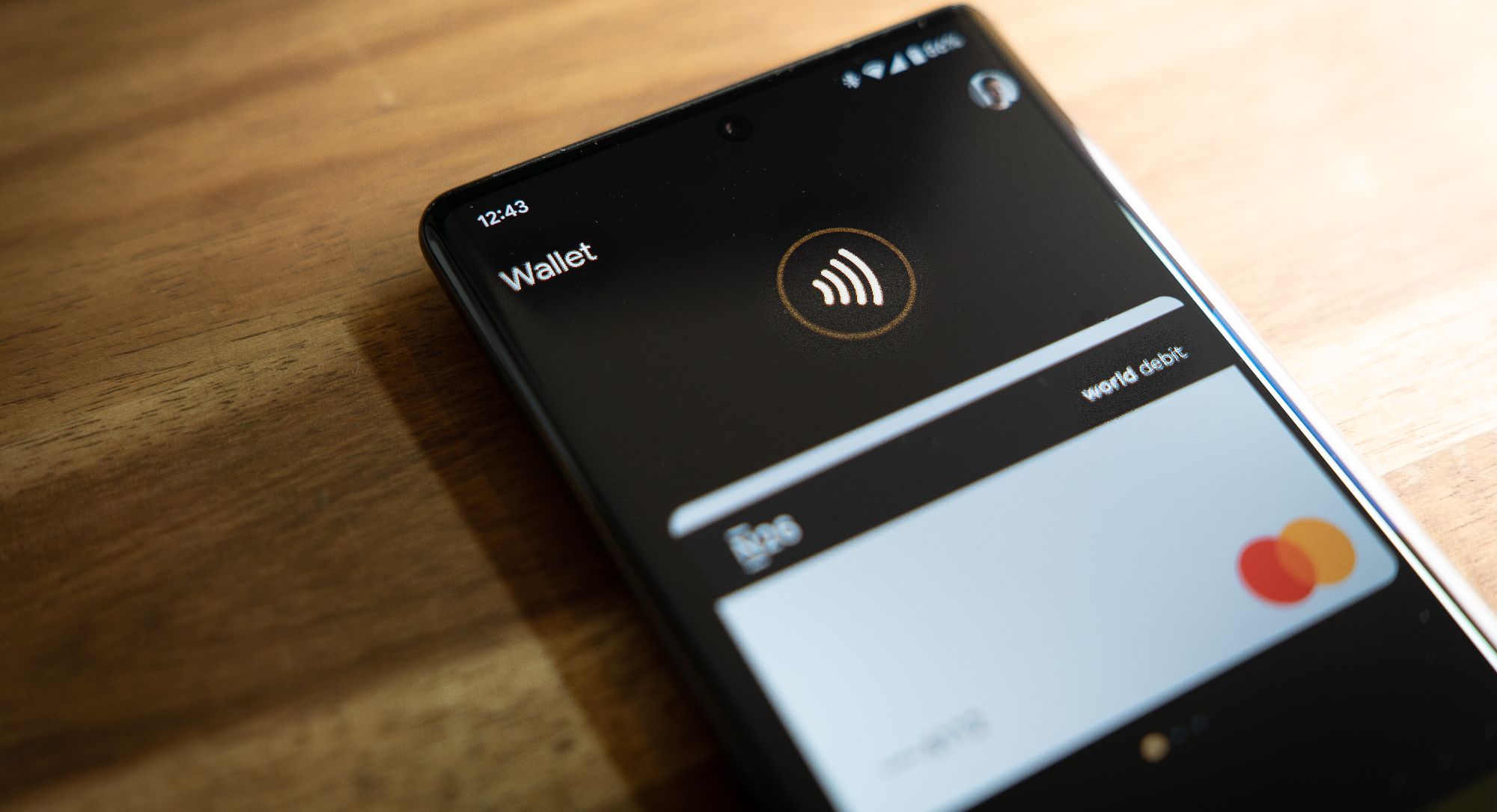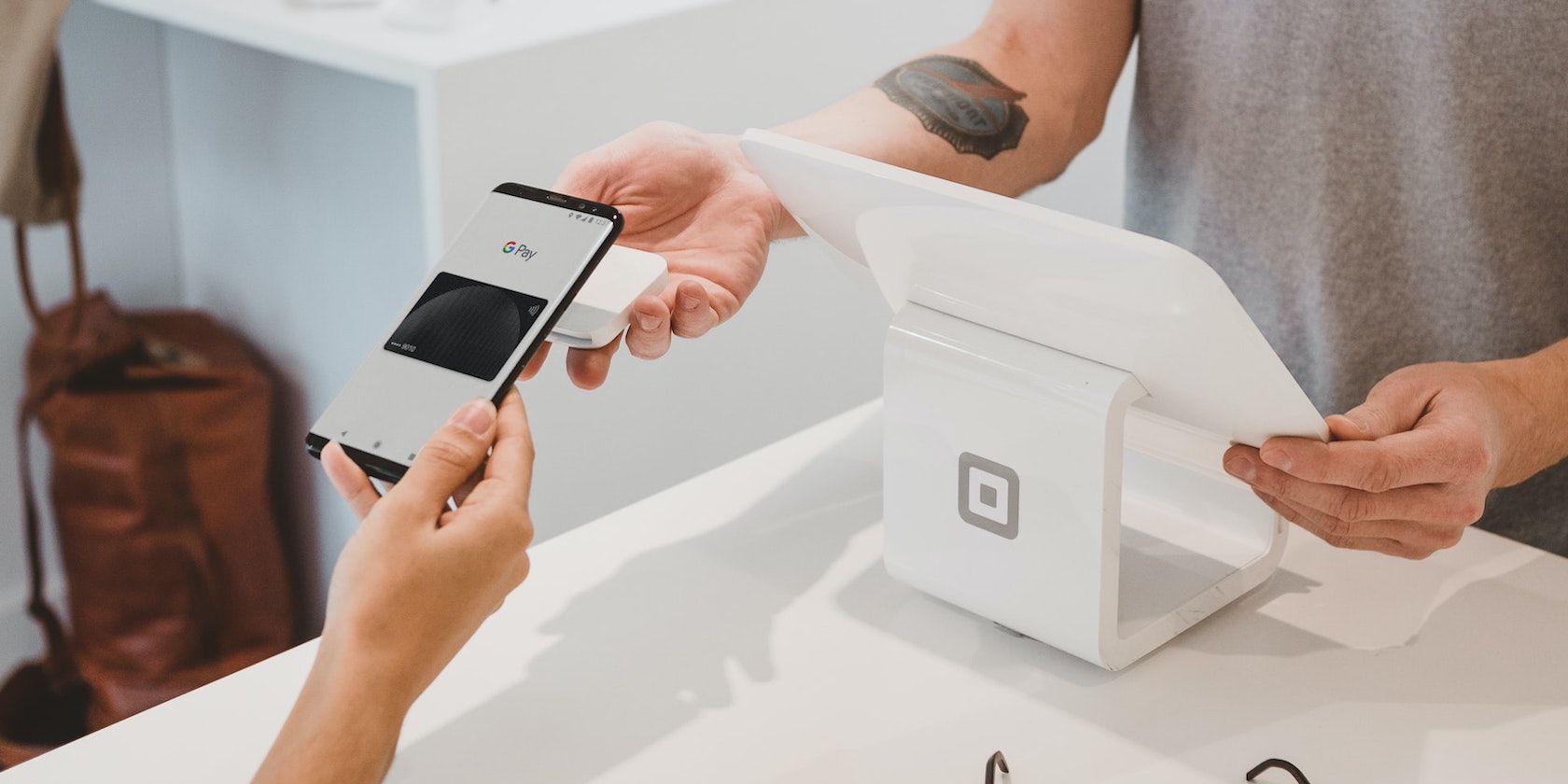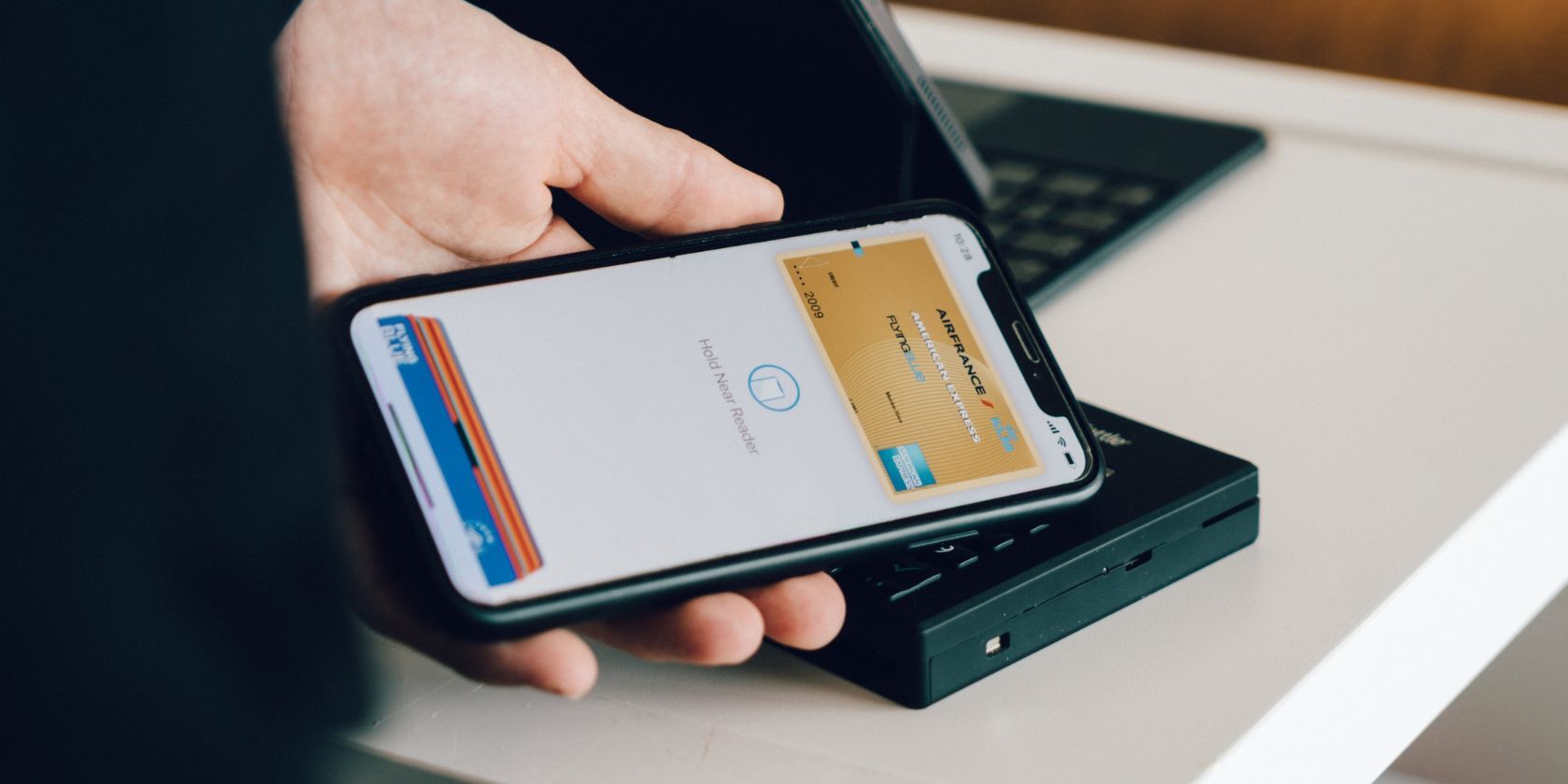NFC—Near-Field Communication—is a short-range wireless technology that allows data exchange between two close devices. If you have ever played on a gaming console or used payment systems like Apple Pay or Google Pay, you already use NFC technology.
Although this technology is beneficial and somewhat reliable, several vulnerabilities and security risks can still arise from its implementation and utilization.
Here are seven security risks you should be aware of when using NFC technology.
1. Data Tampering
Data tampering occurs when a person manipulates the data exchanged during an NFC transaction.
For example, if you use near-field communication technology to facilitate contactless payment methods like mobile wallets, an attacker can tamper with the payment data during a transaction. This criminal can gain access to transactional details and modify details. They can also redirect funds from your account to theirs.
Before making a contactless payment, you should check that no one is too close to you.
Access control systems that utilize NFC technology, like biometrics, key locks, and motion detectors, are also subject to data tampering. Improper use can enable someone to alter your system's data, leading to unsolicited entry into restricted and private areas.
The most common form of data tampering is data corruption, which is also known as data disruption or destruction. This happens when a third-party attempts to corrupt the data transmitted between devices. Tampering works by flooding the communication channel with abnormal or invalid information, ultimately blocking the channel and making the original message impossible to read properly.
2. Data Interception (Eavesdropping)
Eavesdropping means listening in on the communication between two parties without their consent. And just like how people eavesdrop, NFC data can only be intercepted in proximity.
Data interception presents a significant security risk by exposing the private information of two NFC users. If a criminal launches an attack within the range of two devices using NFC communication, the attacker can intercept communication signals and easily record the data being broadcast.
A single attack can see your financial details, personal information, and authentication credentials stolen and used maliciously. An attacker who listens in on an NFC communication that transmits your private details, for instance, can use this data to impersonate you, open illegal accounts, and make unauthorized transactions.
3. Smartphone Malware
Criminals can use NFC technology to distribute malware and malicious app. Such malware is corrupt software designed to target and infect mobile devices like tablets and smartphones.
One of the ways attackers do this is by manipulating NFC tags—wireless radio communication devices that quickly exchange digitized information. Attackers can create fake NFC tags or influence existing ones. The corrupted tags are difficult to differentiate from real NFC tags; however, they contain hidden codes and malware payloads. When you scan an NFC tag containing a malware payload using your NFC-supported device, the malware is automatically downloaded and installed without your knowledge.
Malware on your device can steal personal, financial, and login information, and can install malicious apps into your device. A mobile malware attack can also grant attackers access to your files and contacts to send unauthorized messages and make other unwanted transactions.
And an NFC-infected device can spread the malware to other devices it comes in contact with, leading to a massive information breach and a large-scale attack.
A good way to prevent mobile malware is by only downloading apps from trusted sources.
4. Relay Attack
Relay attacks are similar to NFC data interception attacks. However, the data is not manipulated or viewed in relay attacks. Instead, the attacker intercepts the NFC communication between two parties and relays the data to another device.
For instance, an attacker can stay near a victim’s NFC-supported device, while a second attacker stays near an NFC reader, like a payment terminal. The first attacker can intercept the data signals communicated through the NFC device and use it to trick the payment terminal into believing that the legitimate NFC device is initiating a transaction.
Relay attacks can lead to fraudulent payments, data theft, and other security risks. They are even more dangerous because they can also occur at long-range distances, counteracting the short-range limitations of NFC technology.
5. Cloning
Cloning involves the unauthorized replication of NFC-supported devices like contactless payment cards. When an attacker gets access to your NFC-enabled device, they can create a duplicate of all the sensitive data stored there. They can then use this copied data to bypass security checks.
Cloning attacks are especially detrimental to organizations that use access control systems. They trick these systems, leading to information leaks, financial loss, and other damage.
You can do plenty of cool things using NFC, but if you're not actively using it, you should keep it disabled to avoid security risks.
6. Social Engineering
Social engineering is similar to phishing, a malicious attack that exploits human psychology. Criminals use these forms of manipulation to deceive you into providing your personal information.
Social engineering attackers can gain your trust by impersonating a legitimate service provider or authoritative figure and exploiting vulnerabilities.
Some criminals are so skilled in using NFC for social engineering attacks that they can manipulate you into performing all sorts of actions, like making unauthorized transactions and connecting devices to malicious NFC tags. They cover up their actions by striking up seemingly innocent conversations that trick you into revealing crucial information.
Usually, victims are lured or attracted by NFC tags placed in strategic public places. A successful social engineering attack can lead to data breaches, malware attacks, and financial losses.
7. Skimming
Skimming involves capturing an individual’s sensitive information from payment cards or identification credentials like an NFC reader.
Most times, skimming attacks occur through a rogue NFC reader. This is a corrupt device designed to emulate a legitimate NFC reader. Attackers can install these rogue NFC readers in public places like payment terminals and ticket systems to capture and record NFC communication between two devices nearby.
Some data intercepted by these devices include payment card details, access credentials, and identification information. These attacks can lead to fraudulent activities and data theft.
Since most NFC users are unaware of skimming and its consequences, this increases the chances of falling prey to this type of attack.
Understanding NFC Security Risks
NFC has significantly impacted modern technology by improving user experience and making contactless payment services easier. But it poses a threat to your privacy and security too.
Nevertheless, every piece of technology has inherent risks, especially if that tech is related to networking. Just because NFC isn't entirely secure doesn't mean you should shun it. You just need to be especially careful. Disable NFC when not in use, be conscious of your surroundings when in use, and avoid downloading untrusted apps.


